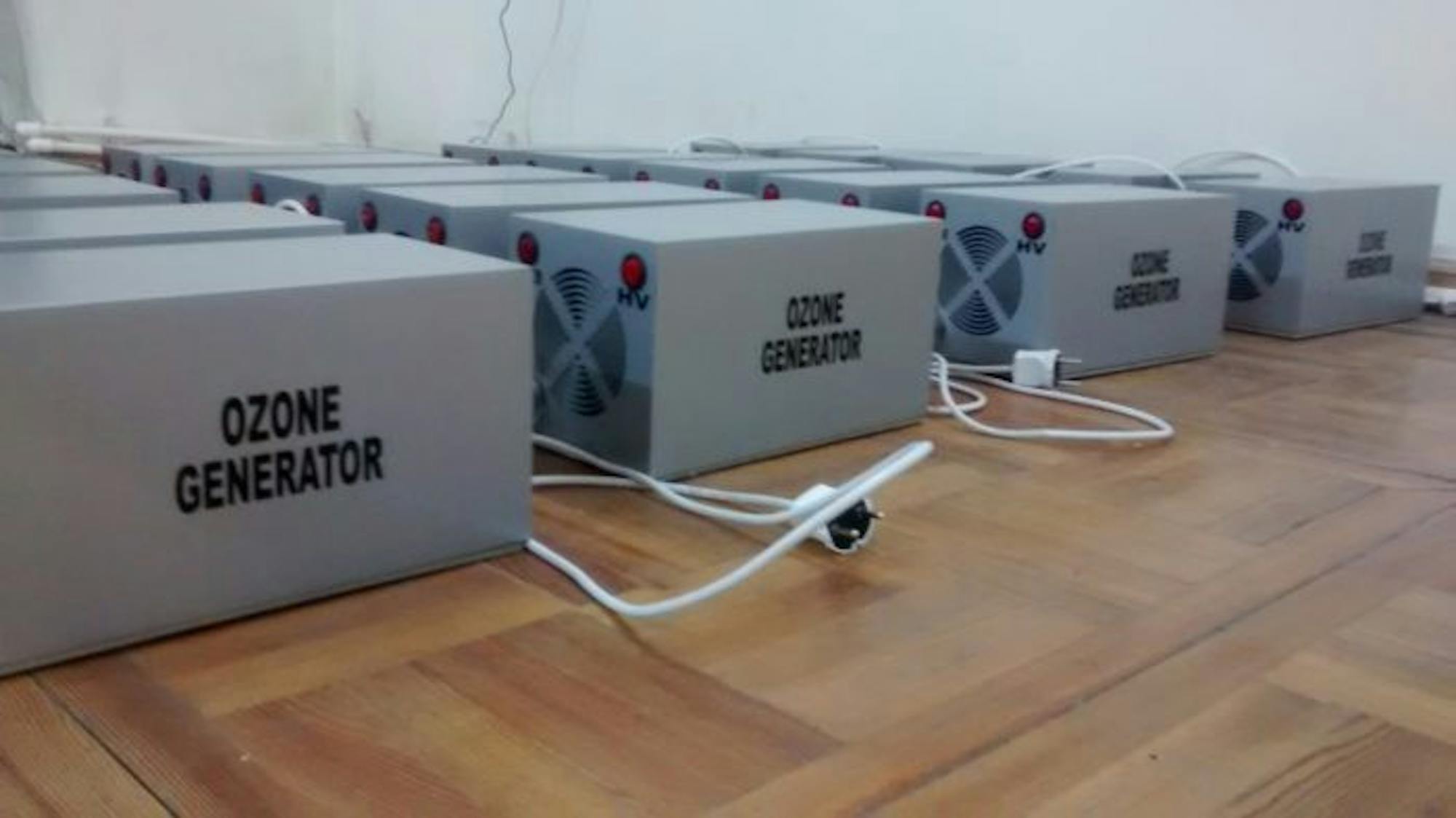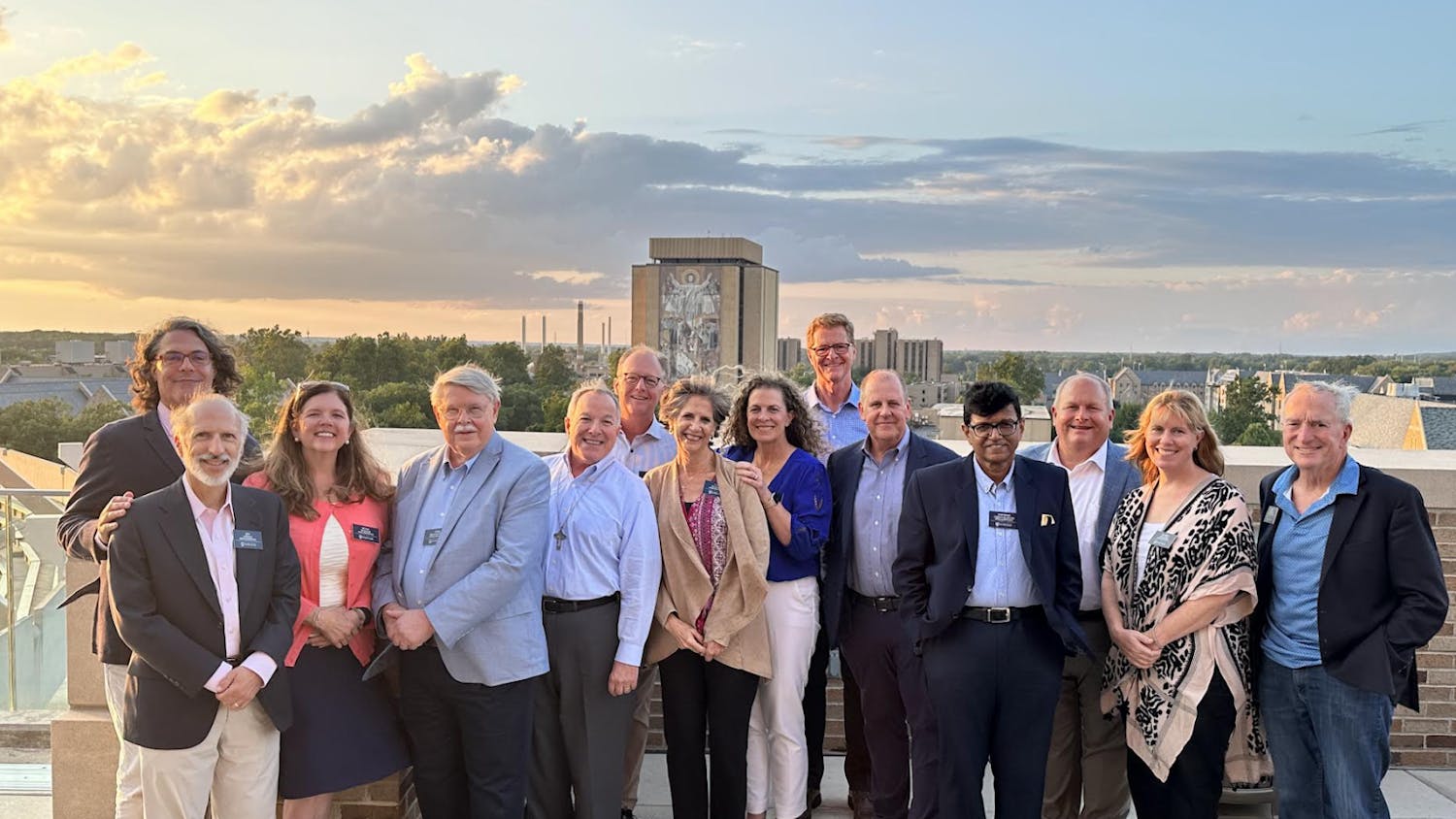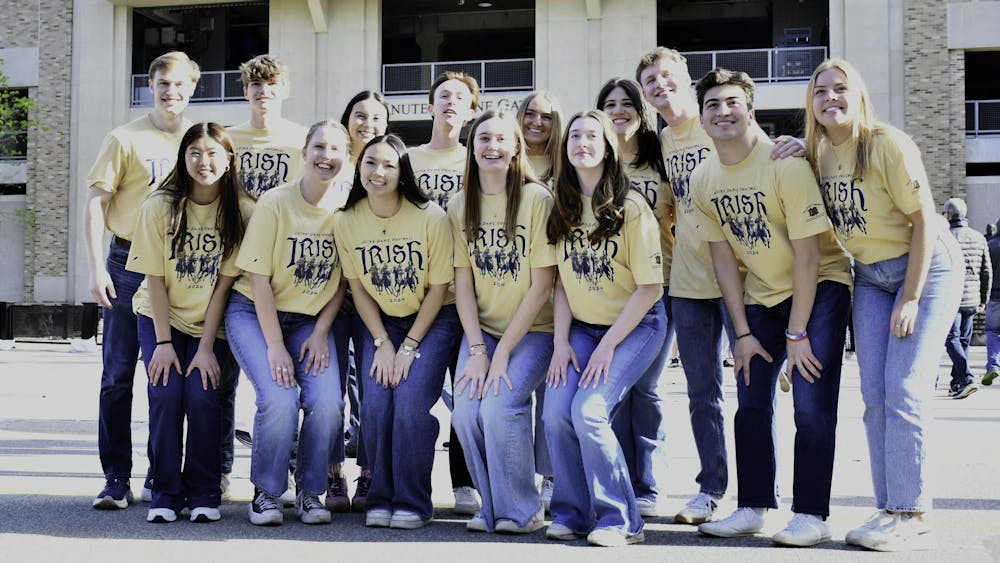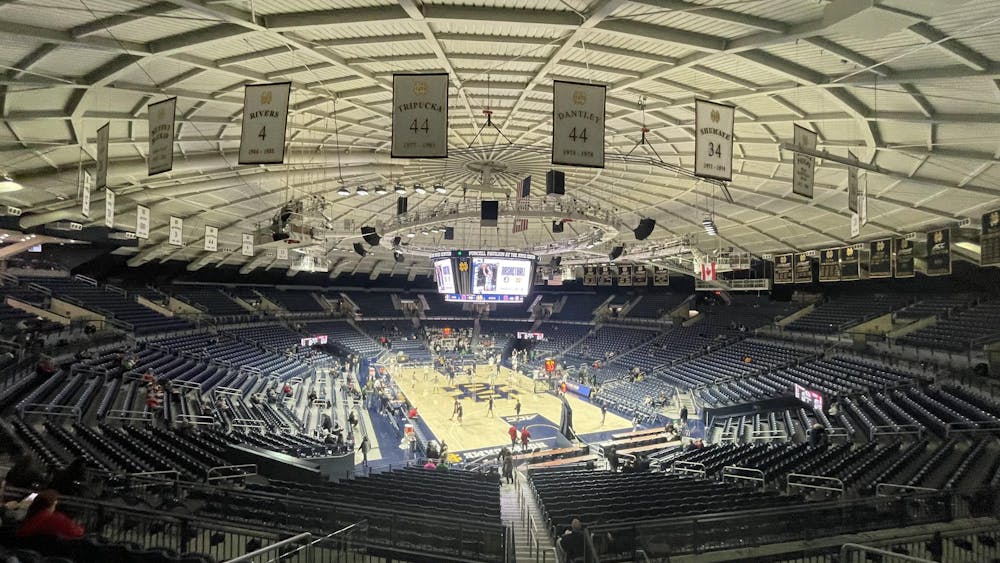Through the use of nuclear medicine, ozone generators and ultraviolet lamps, Ani Aprahamian and her team have successfully initiated a program to combat COVID-19 in Armenia.
Aprahamian, a professor of experimental nuclear physics, has taught at Notre Dame for 30 years and also serves as the director of the Alikhanian National Science Laboratory in Yerevan, Armenia. Having recently been awarded a Fulbright Fellowship to continue her research in Armenia, Aprahamian, along with her team, developed an ozone generator which can sterilize areas of up to 140 cubic meters every hour to help fight COVID-19.
“It depends on exposure time, [and] how long you turn on it, then bigger places can be sterilized,” program engineer Ando Manukyan said. 
Aprahamian said the prototype for the generator was built in three days by piecing together scrap parts in the laboratory, and the team confirmed the success of the prototype by testing it on live viruses.
“Everybody worked day and night ... They were working until four or five, every morning,” Aprahamian said. “This is a project we started to help Armenia given the coronavirus.”
In less than two weeks since the start of the initiative, Aprahamian said the device was delivered to the Armenian Ministry of Health, which was invested in its creation.
“We delivered [the prototype] to The Ministry of Health two weeks ago ... The Ministry thought it was useful and asked us to build 20 more,” Aprahamian said.
The additional generators were “much better quality” than the prototype, Aprahamian said, and can now be used to sterilize hundreds of spaces.
Aprahamian's team consists of eight people working remotely. While the shelter in place order in Armenia has made collaboration challenging, the various expertises of the group have allowed them to execute the various aspects of the project in a timely fashion while still maintaining social distancing.
The inspiration for the program originated with a patent on an old ozone generator from one of Aprahamian’s colleagues.
“I gathered a group of [people] and said, ‘Can we think about something to do?’,” Aprahamian said. “Together they looked at the old [generator] and improved the designs … They built something so much better.”
The ozone generator sucks the air from a room and then exposes it to high voltage which breaks down oxygen to ozone gas. While ozone protects the earth from space radiation, it also breaks down viruses and bacteria by oxidation. The molecule itself then breaks down in 10-30 minutes. However, ozone is harmful to breathe. The generator must be placed in an empty room to sterilize for an hour, and the generator must be removed for an additional hour to give the ozone time to fully break down so people can safely enter later.
Aprahamian’s team consists of division leader professor Albert Avetisyan, engineers Ando Manukyan, Gevorg Hovhannisyan and Vahan Elbakyan, graduate student Kim Hovhannisyan, physicists Arthur Mkrtchyan and Armen Gyurjinyan and instruction writer Hripsime Mkrtchyan.
“They have different areas, they’re doing different kinds of work,” Aprahamian said. “... Everyone here works at the [National Science Institute of Armenia] ... on the cyclotron, a new thing that’s starting nuclear medicine in Armenia.”
A cyclotron is a type of particle accelerator which can be used to create radioactive isotopes which can be applied in nuclear medicine, agriculture, fisheries, cognac production and testing objects for cultural heritage.
The team has also built an ultraviolet C sterilization box to sanitize used masks and personal protective equipment, and theyplan to develop an improved and accessible respirator system to alleviate the respiratory distress of afflicted patients.
“This kind of project is very important nowadays,” Mkrtchyan said. “I think it will change a lot of things, including the view of the government towards science ... here in Armenia. When you are doing something useful for the entire country, all of them are starting to be interested and take notice.”













